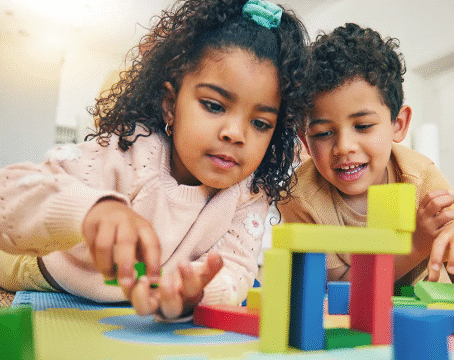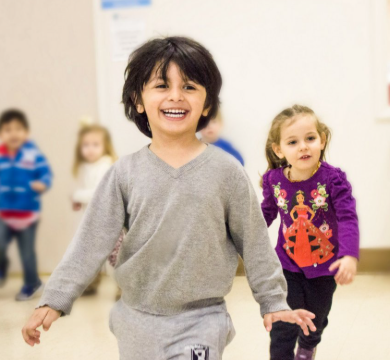Traumatic Brain Injury (TBI) can significantly impact a student’s ability to learn, communicate, and participate in daily school activities. It is important for educators, families, and support staff to understand how to effectively assist students with TBI in a compassionate and productive manner.
Understanding Traumatic Brain Injury
TBI occurs when an external force causes damage to the brain. This can result from falls, sports injuries, car accidents, or other incidents. The effects of TBI vary widely depending on the severity and location of the injury, and may include cognitive challenges, emotional regulation difficulties, physical impairments, and changes in behavior.
Creating a Supportive Environment
A student returning to school after a TBI may need accommodations to help them succeed. Schools can:
- Develop an Individualized Education Program (IEP) or 504 Plan tailored to the student’s needs.
- Foster a safe and structured classroom environment.
- Use consistent routines and clear instructions.
- Provide breaks and reduced workload when necessary.
Instructional Strategies
Effective teaching methods for students with TBI include:
- Breaking tasks into smaller, manageable steps.
- Using visual aids and written instructions.
- Providing additional time for assignments and tests.
- Offering frequent feedback and encouragement.
Collaboration and Communication
Working closely with families, therapists, and medical professionals is key to supporting students with TBI. Regular communication ensures that everyone is informed about the student’s progress and any necessary changes in support.
Promoting Inclusion and Emotional Wellbeing
Students with TBI benefit from being included in school activities and social interactions. Encouraging peer support and providing opportunities for social skill development can help the student feel connected and confident.
Conclusion
Supporting students with traumatic brain injuries requires a thoughtful, individualized approach. By working together and using appropriate strategies, educators can create a positive learning environment where all students have the opportunity to thrive.






